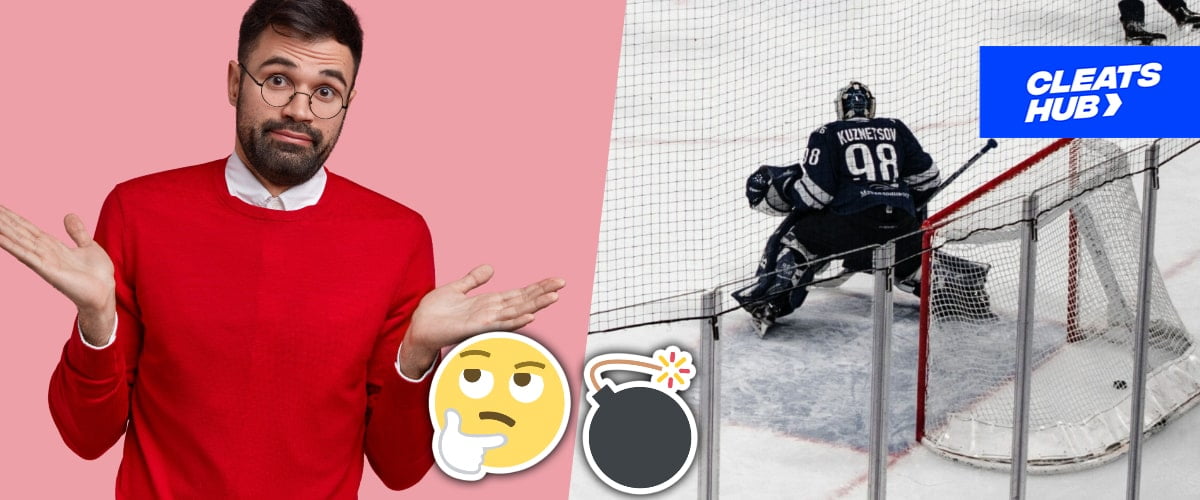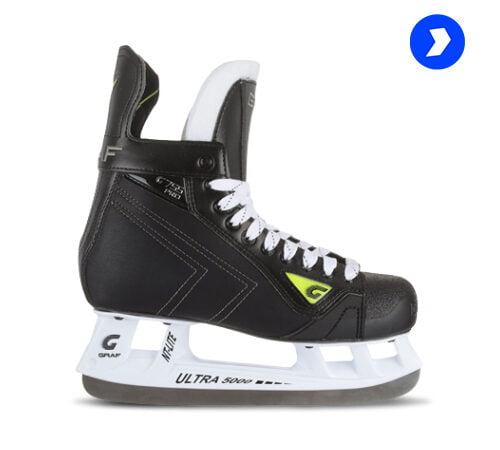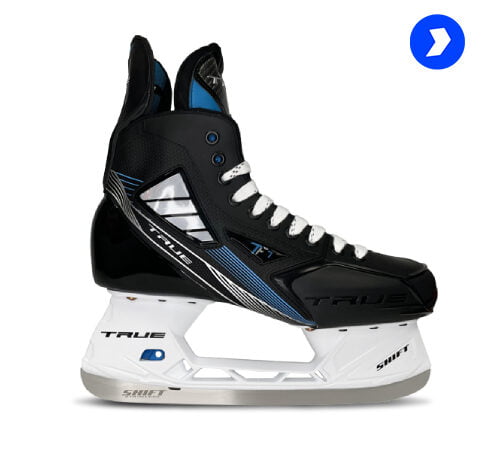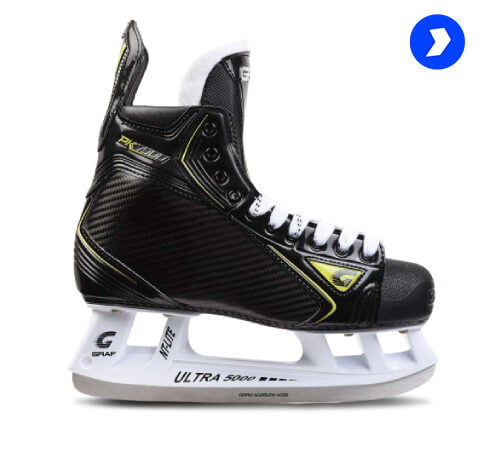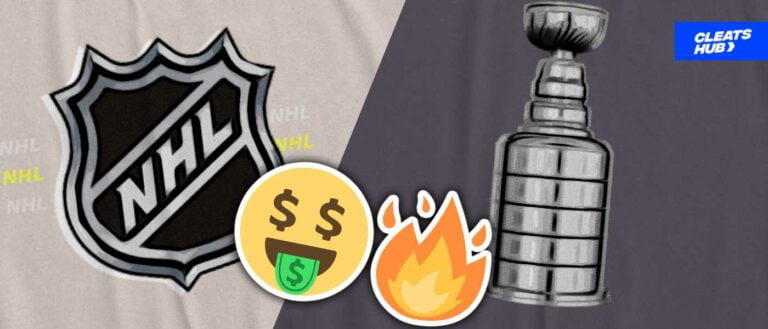The Purpose Of Goalie Crease In Ice Hockey?
Among other deep insights into Ice Hockey, the Goalie’s crease holds utmost significance. It’s really crucial to understand that blue-painted area aka Goalie Crease in Ice Hockey, that you see in your favorite games.
You might feel you know all about it, but we will walk you through the details of Goalie’s crease in ice hockey, and cover all the rules that revolve around it.
Stick around till the end!
Goalie; A Standout Presence In Most Sports
Goalie; a relatively common term in most sports, is referred to as the ‘goaltender’ in Ice Hockey. A crucial presence on the ice, and a symbolic reference to the game.
The goaltender functions in the marked area on the ice called ‘Goalie Crease‘, the topic in question today.
Goalie Crease In Ice Hockey; An Important Concept:
Above all other players on the Ice, the Goaltender’s job is the most important one, and thus, the goalie has a special set of rules that revolve around him.
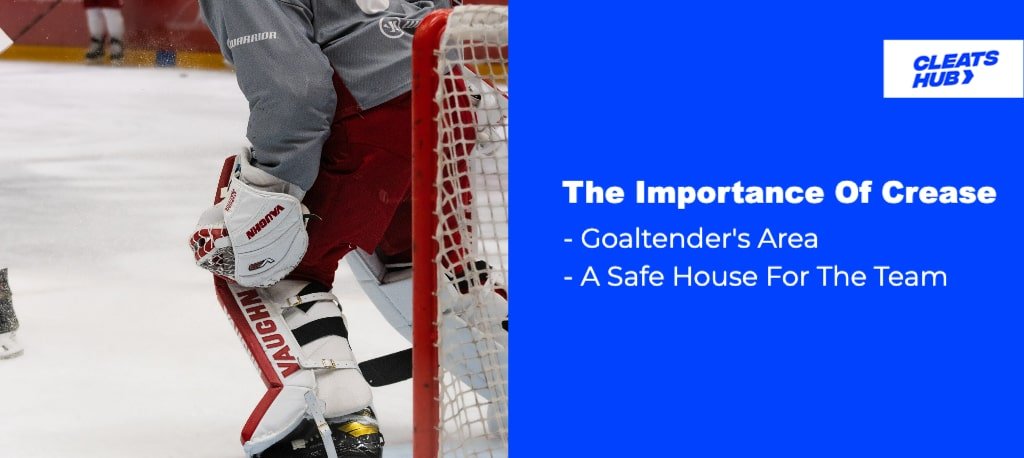
It is a symbol of the game and the importance of the goaltender. A crease is a special place on the ice where the goaltender is protected from being interfered with by the other players. A crease is also a place where the goaltender can control the puck and make plays.
What Are The Rules?
The rules regarding the goalie crease are fairly simple. The goaltender is allowed to control the puck in the crease as long as he is not interfered with. If the goaltender is interfered with while in the crease, the referee will stop play and award a penalty to the team that interfered with the goaltender.
The goaltender is also allowed to leave the crease to play the puck, but he must immediately return to the crease after playing the puck. If the goaltender leaves the crease and does not immediately return, a penalty will be called.
When Other Players Can Enter The Crease?
The other players are allowed to enter the goalie crease in Ice Hockey when the goaltender is playing the puck outside of the crease. If the goaltender is in the crease and playing the puck, the other players are not allowed to enter the crease.
If a player does enter the crease while the goaltender is in it, the referee will stop play and award a penalty to the team that interfered with the goaltender.
What Are The Goalie Crease Measurements?
The 8-foot wide and 4-foot deep goalie crease dimensions are used in the National Hockey League (NHL). These dimensions are used to protect the goaltender and prevent other players from interfering with him.
The wider width allows the goaltender to have more space to control the puck. And the deeper depth allows the goaltender to have more time to react to the puck.
The Goalie Crease dimensions have gone through a series of changes over the years. The NHL first increased the width of the crease from six feet to eight feet in the 1998/99 season.
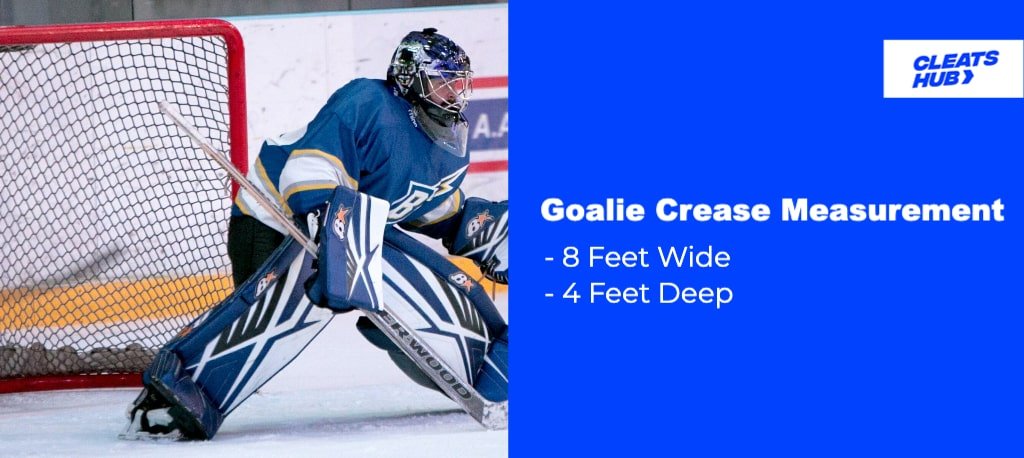
Then, the NHL again increased the width of the crease from eight feet to nine feet. In 1999, the NHL reverted back to the original dimensions of eight feet wide and four feet deep.
Why Do Goalies Carve Up The Crease?
There are a few reasons that goalies might carve up the ice in their crease before a game starts. One reason is to create a groove in the ice. This groove will help the goalie to move around in his crease and make saves. The goalie can also use the groove to help him control the puck.
Another reason that goalies might carve up the crease is to create a pattern in the ice. This pattern will help the goalie tracking the puck as it moves around in his crease. The goalie can also use the pattern to help him make saves.
Lastly, carving up the crease can help the goalie to focus on the game. Carving up the crease will help the goalie to block out any distractions and focus on the task at hand, which is stopping the puck from going into the net.
Why NHL Changed The Crease Rule?
The goalie crease has undergone a few changes over the years. The biggest change in the goalie crease rule was that the goaltender was allowed to play the puck outside of the crease as long as he was not interfered with.
This change made it more difficult for the other team to take advantage of the goaltender. And made the game fairer. The NHL also increased the size of the crease in order to give the goaltender more room to move around and make plays.
Overall, the purpose of the goalie crease is to protect the goaltender and give him a place to control the puck. The rules associated with the crease are designed to keep the game fair and to allow the goaltender to make plays.
Can Goalie Leave The Crease?
sure they can! A goalie can leave the crease to take part in gameplay and even make saves. But there’s a limit to it, the goalie cannot go beyond the center of the Ice into the opponent’s half. They can’t join the gameplay in the Trapezoid too.
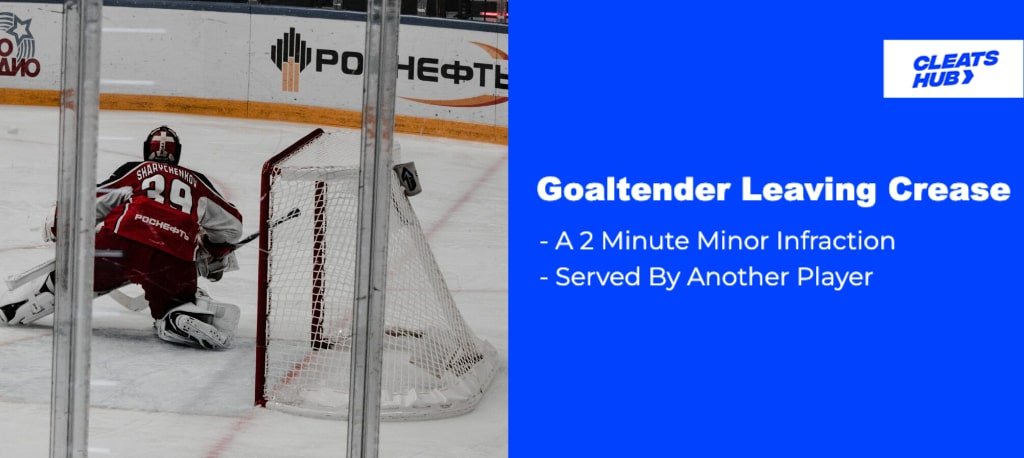
If there’s a feud going on, on the Ice hockey rink, the Goalie is once again not allowed to leave the crease and join his team. If he does so, the goalie will be serving the minor penalty of 2 minutes.
Bottom Line:
We believe we have covered all the essential details regarding the goalie crease in today’s quick read. Well, since you made it to the end, we hope you enjoyed it and have vivid ideas about the concepts we discussed today.
Still, have questions regarding Goalie Crease or Goaltenders in Ice Hockey? Don’t hesitate to drop your questions below, we would love to answer them. Stay tuned for more fun and informative readings, check them out at our Ice Hockey Section.
Psstt…. The Top Performing Cleats

